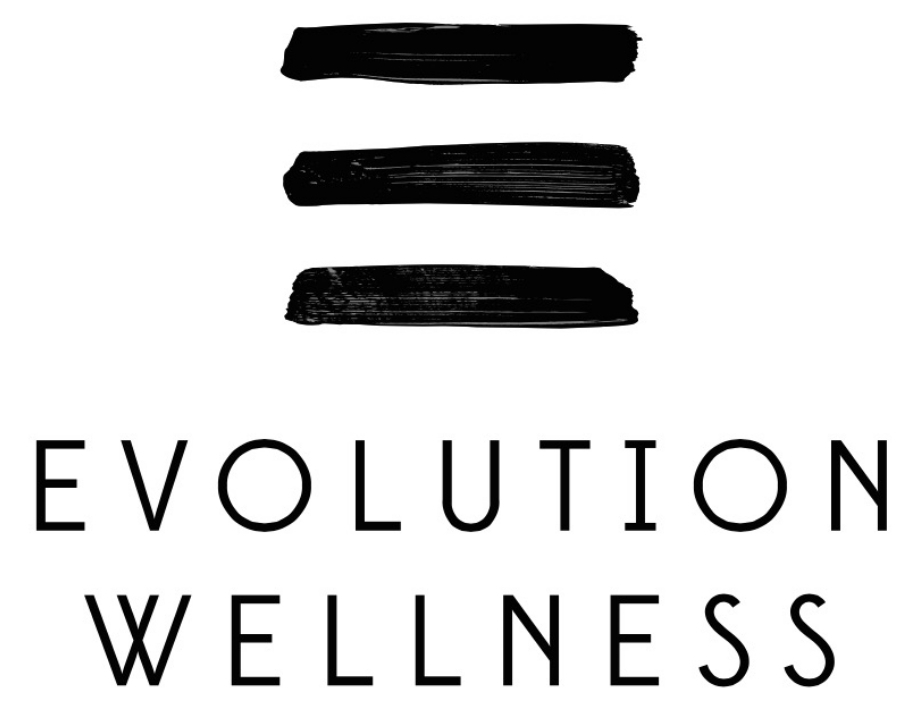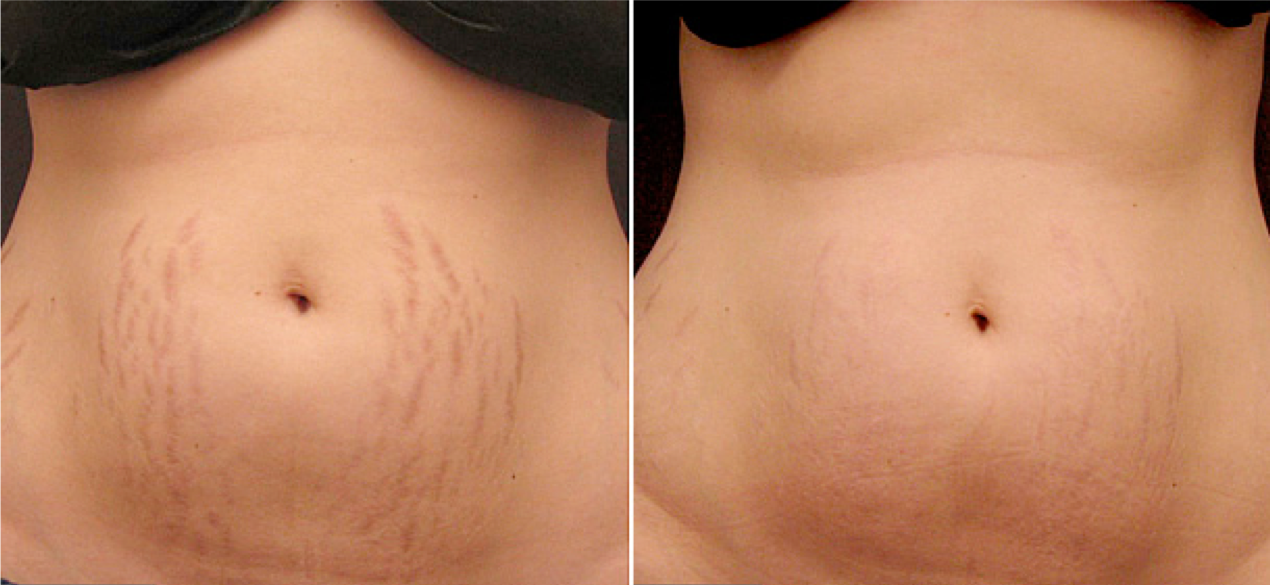Microneedling for Stretch Marks and C-section Scarring
/Stretch marks and C-section scars are common concerns that can greatly impact self-confidence. Procell microchanneling can effectively treat both, and can sometimes eliminate them altogether. Here’s how.
Procell microchanneling (aka microneedling or collagen induction therapy) is a minimally invasive procedure that uses a device equipped with tiny needles to create controlled microchannels on the skin's surface. This stimulate the skin's natural healing response, leading to increased collagen and elastin production. This process helps improve the texture and appearance of various skin concerns, including stretch marks and C-section scars.
Stretch marks, or striae, are often caused by rapid weight gain, pregnancy, or growth spurts. Several studies have explored the efficacy of microneedling in reducing the appearance of stretch marks. Notably:
A study published in the Journal of Cutaneous and Aesthetic Surgery found that microneedling significantly improved the appearance of stretch marks in 37 out of 40 participants after four treatment sessions. The researchers concluded that microneedling is a safe and effective modality for treating stretch marks.
C-section scars are the result of surgical incisions made during cesarean deliveries. While the healing process can vary, some individuals experience raised, red, or thickened scars. Microneedling techniques can dramatically improve the appearance of these scars.
A study published in the Journal of Cosmetic Dermatology examined the efficacy of microneedling in treating C-section scars. The researchers found a significant improvement in scar appearance, texture, and pliability after microneedling treatment sessions.
In a case report published in the Journal of Clinical and Aesthetic Dermatology, microneedling was used to improve the appearance of hypertrophic C-section scars. The treatment resulted in scar flattening, softening, and enhanced color match with the surrounding skin.
Ready to try it? David Blatt, licensed acupuncturist, offers microneedling at his City Park location. Anticipate 4-6 treatments approximately 4 weeks apart to achieve desired results. Schedule now.
References:
Aust MC, Knobloch K, Reimers K, et al. Percutaneous collagen induction therapy: an alternative treatment for scars, wrinkles, and skin laxity. Plast Reconstr Surg. 2008;121(4):1421-1429. doi:10.1097/01.prs.0000304612.72899.79
Fabbrocini G, Fardella N, Monfrecola A, Procell Microchanneling and Human Growth Factor Serum. J Cutan Aesthet Surg. 2010;3(2):93-97. doi:10.4103/0974-2077.69020
Ibrahim ZA, El-Ashmawy AA, Shora OA. Micro-needling in different types of scars: A clinical, histopathological, and immunohistochemical study. J Cutan Aesthet Surg. 2015;8(1):46-52. doi:10.4103/0974-2077.155084
Majid I. Microneedling therapy in atrophic facial scars: An objective assessment. J Cutan Aesthet Surg. 2009;2(1):26-30. doi:10.4103/0974-2077.53095
Nofal E, Helmy A, Nofal A, Alakad R, Nasr M. Platelet-rich plasma versus CROSS technique with 100% trichloroacetic acid versus combined skin needling and platelet rich plasma in the treatment of atrophic acne scars: a comparative study. Dermatol Surg. 2014;40(8):864-873. doi:10.1097/01.DSS.0000452622.03112.22
Park KY, Kim HK, Kim SE, Kim BJ, Kim MN. Treatment of striae distensae combined enhanced penetration platelet-rich plasma and ultrasound after plasma fractional radiofrequency. J Cosmet Dermatol. 2015;14(2):113-118. doi:10.1111/jocd.12154
Sharad J. Combination of microneedling and glycolic acid peels for the treatment of acne scars in dark skin. J Cosmet Dermatol. 2011;10(4):317-323. doi:10.1111/j.1473-2165.2011.00582.x


